From an Upstairs Window, Winter c. 1950–51
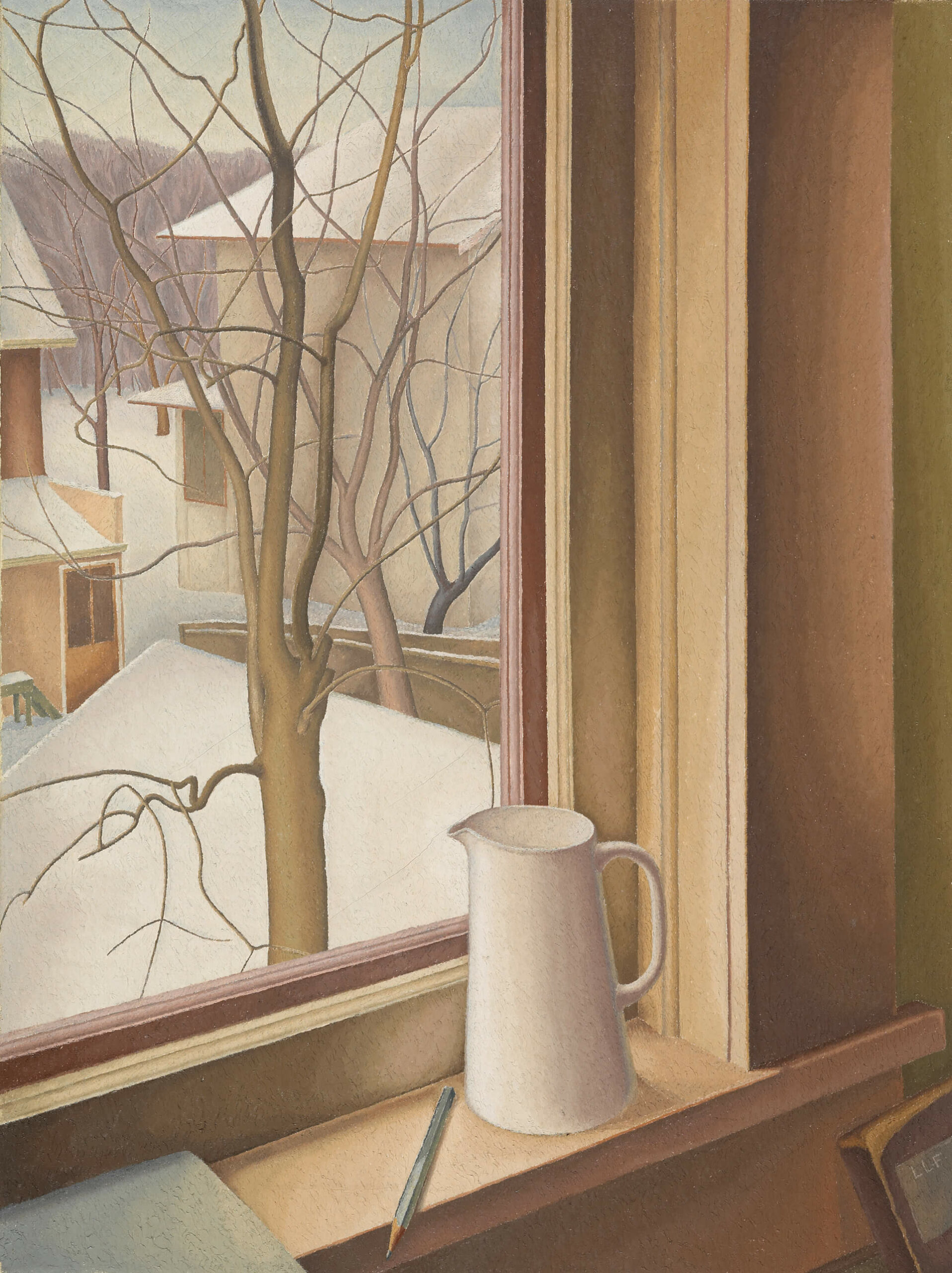
Lionel LeMoine FitzGerald, From an Upstairs Window, Winter, c. 1950–51
Oil on canvas, 61 x 45.7 cm
National Gallery of Canada, Ottawa
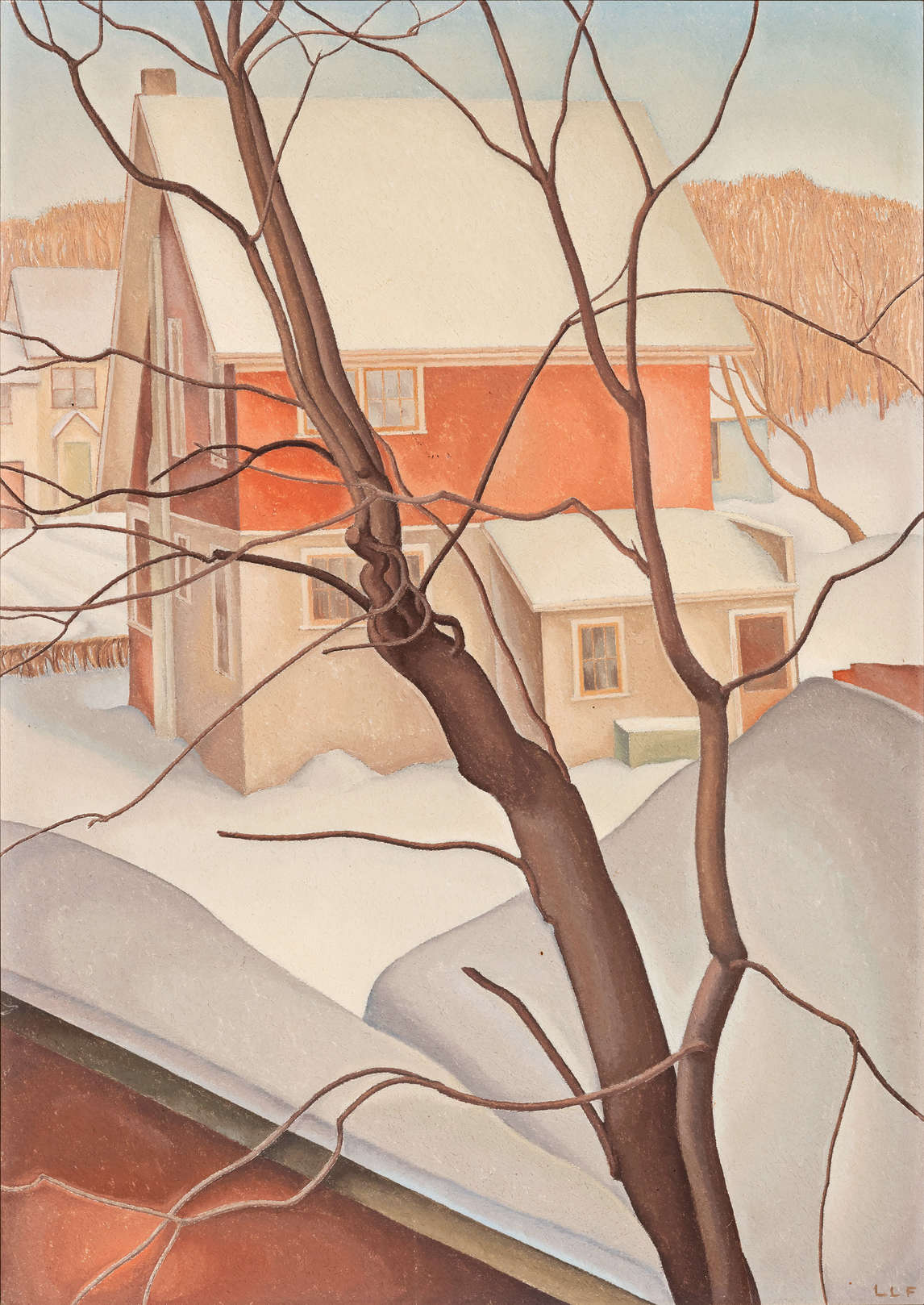
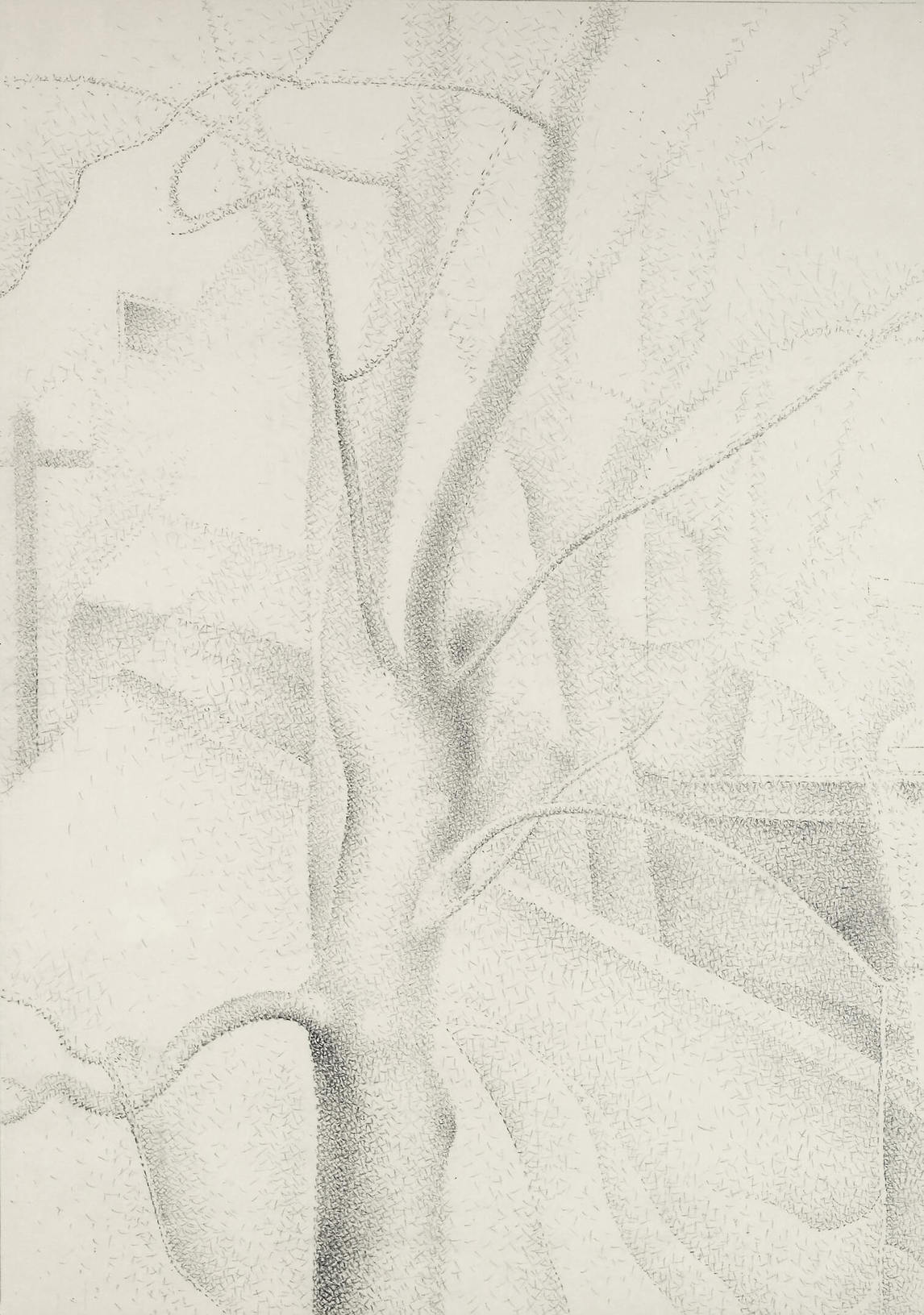
From an Upstairs Window, Winter is the crowning achievement of the interior/exterior views that characterized FitzGerald’s work to such an extent that art critic Robert Ayre referred to him as “the man who looks out of the window.” Here, the artist’s vantage point is from an attic window overlooking his backyard at 160 Lyle Street in Winnipeg. An oil painting, Oakdale Place, c. 1950, from the same period shows the view directly across to his neighbour’s house, but the house is only partially seen in From an Upstairs Window, Winter.
FitzGerald was initially fascinated by the oblique view to the large tree outside the upstairs window, which he captured in a pencil drawing, Big Tree, April 1950. The tree is conceived with the artist’s distinctive short-flecked pencil strokes that tend to produce an abstract effect when observed up close. When planning for the major oil, FitzGerald made a fairly rough pencil sketch of the main compositional elements on a sheet of paper about half the size of the canvas intended for the painting.
From an Upstairs Window, Winter is a study in formal opposites. The irregular tracery of tree limbs and their interstices is juxtaposed to the linearity of the windowsill and the geometry of the jug. Yet the outside/inside views are united by a limited palette and tonal modulations that animate both worlds. Like the interplay between the organic and geometric elements of Doc Snyder’s House, 1931, some twenty years earlier, From an Upstairs Window, Winter exhibits a harmonious balance between the natural and the abstract that characterizes this classic masterpiece. The painting is as complete a statement as FitzGerald ever made of how familiar surroundings acted as a reflection of his own quiet and contemplative spirit.

 About the Author
About the Author
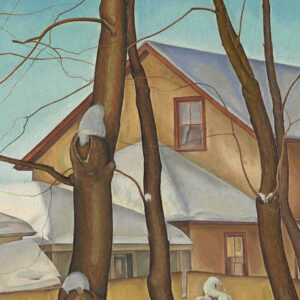 More Online Art Books
More Online Art Books
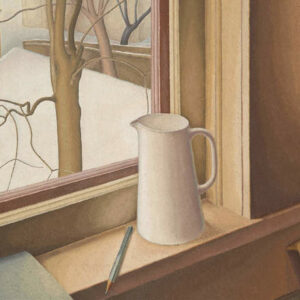 Acknowledgements
Acknowledgements